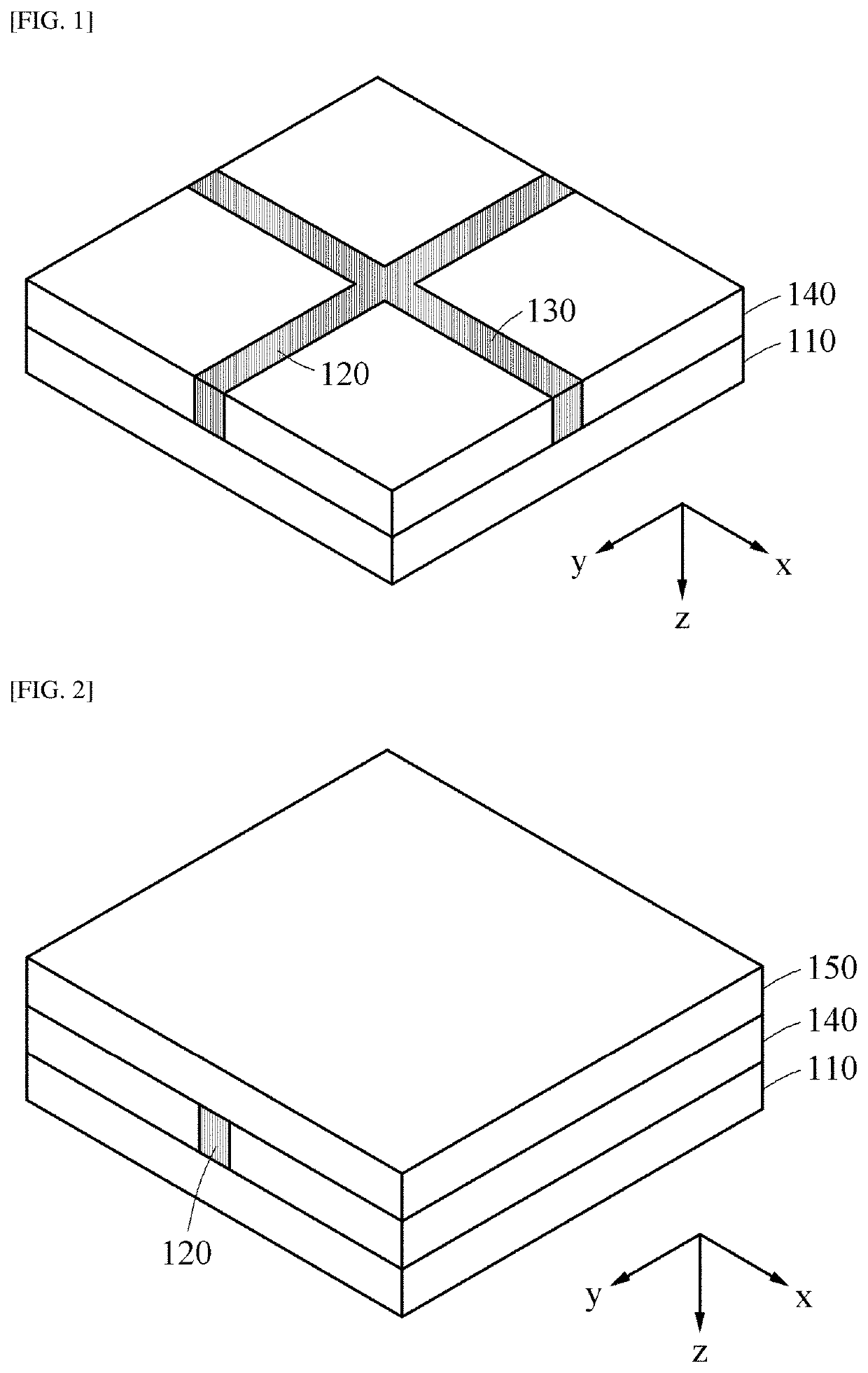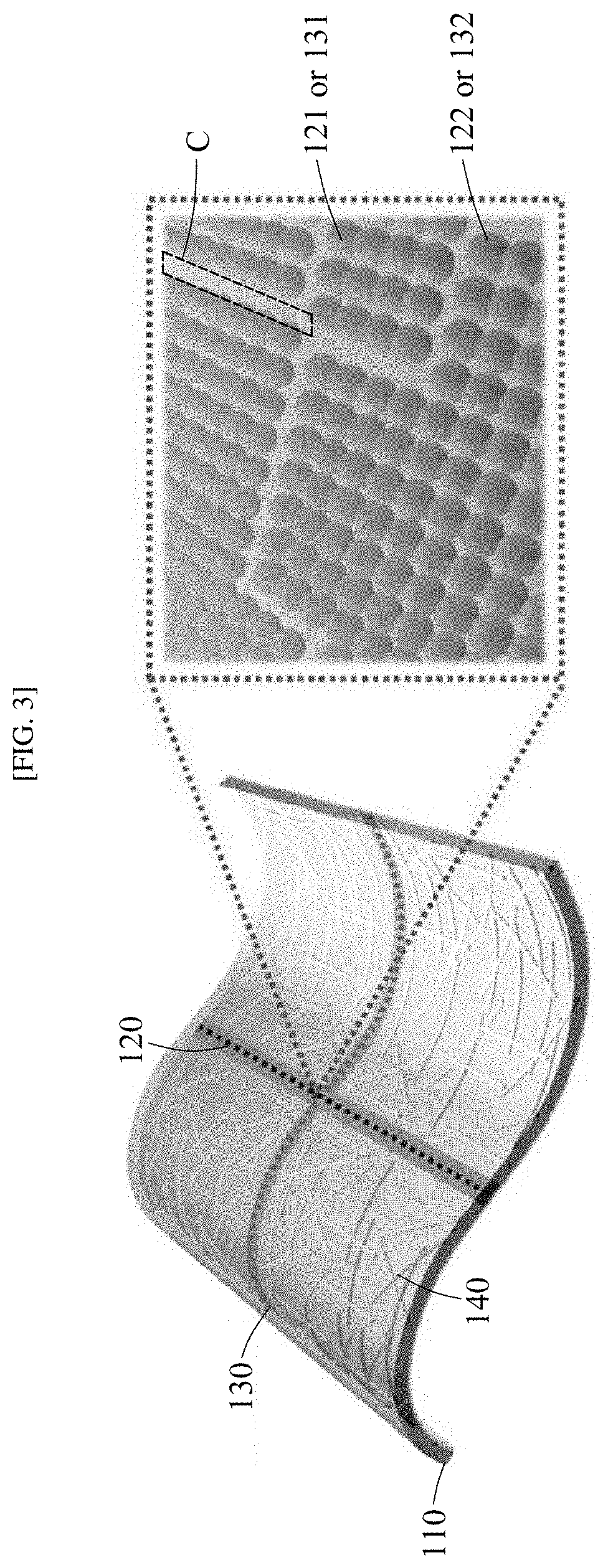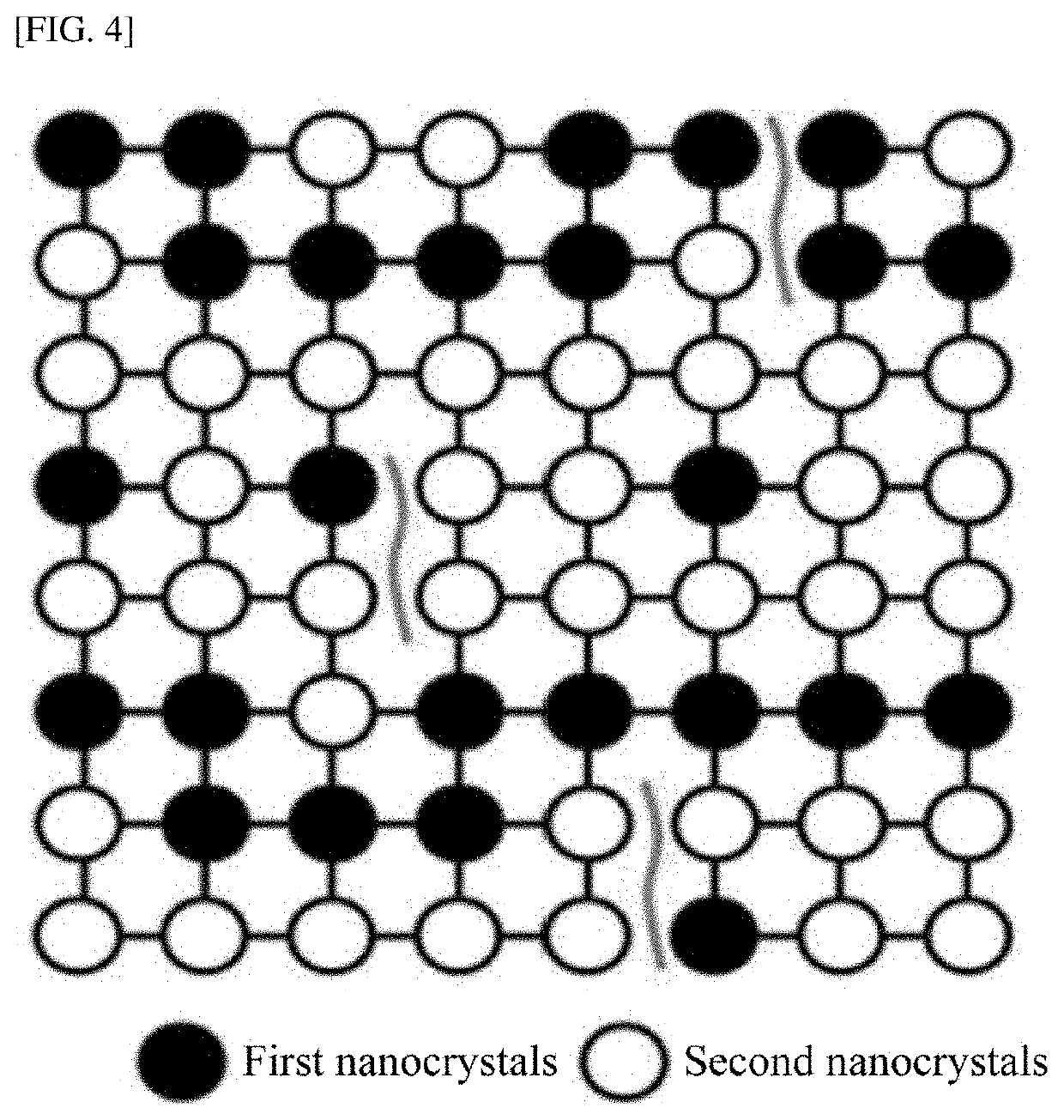Strain sensor and method of fabricating the same
a technology of strain sensor and fabrication method, which is applied in the direction of piezo-resistive material force measurement, instrumentation, force measurement apparatus for force/torque/work measurement, etc., can solve the problems of low electrical conductivity, difficult to accurately detect strain information, and opaque conventional nanoparticle-based strain gauges, etc., to achieve the effect of improving the sensitivity of the strain sensor
- Summary
- Abstract
- Description
- Claims
- Application Information
AI Technical Summary
Benefits of technology
Problems solved by technology
Method used
Image
Examples
Embodiment Construction
[0057]In the following description of the present disclosure, a detailed description of known functions and configurations incorporated herein will be omitted when it may make the subject matter of the present disclosure unclear. The terms used in the specification are defined in consideration of functions used in the present disclosure, and can be changed according to the intent or conventionally used methods of clients, operators, and users. Accordingly, definitions of the terms should be understood on the basis of the entire description of the present specification.
[0058]FIGS. 1 and 2 each show a three-dimensional shape of a strain sensor according to an embodiment of the present disclosure.
[0059]The strain sensor according to an embodiment of the present disclosure includes an X-axis sensor 120 formed on a flexible insulating substrate 110 and responsible for sensing X-axis strain, a Y-axis sensor 130 formed on the flexible insulating substrate 110 to be orthogonal to the X-axis...
PUM
| Property | Measurement | Unit |
|---|---|---|
| volume ratio | aaaaa | aaaaa |
| volume ratio | aaaaa | aaaaa |
| diameter | aaaaa | aaaaa |
Abstract
Description
Claims
Application Information
 Login to View More
Login to View More - R&D
- Intellectual Property
- Life Sciences
- Materials
- Tech Scout
- Unparalleled Data Quality
- Higher Quality Content
- 60% Fewer Hallucinations
Browse by: Latest US Patents, China's latest patents, Technical Efficacy Thesaurus, Application Domain, Technology Topic, Popular Technical Reports.
© 2025 PatSnap. All rights reserved.Legal|Privacy policy|Modern Slavery Act Transparency Statement|Sitemap|About US| Contact US: help@patsnap.com



